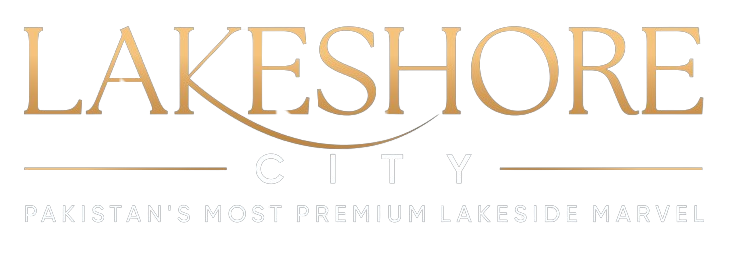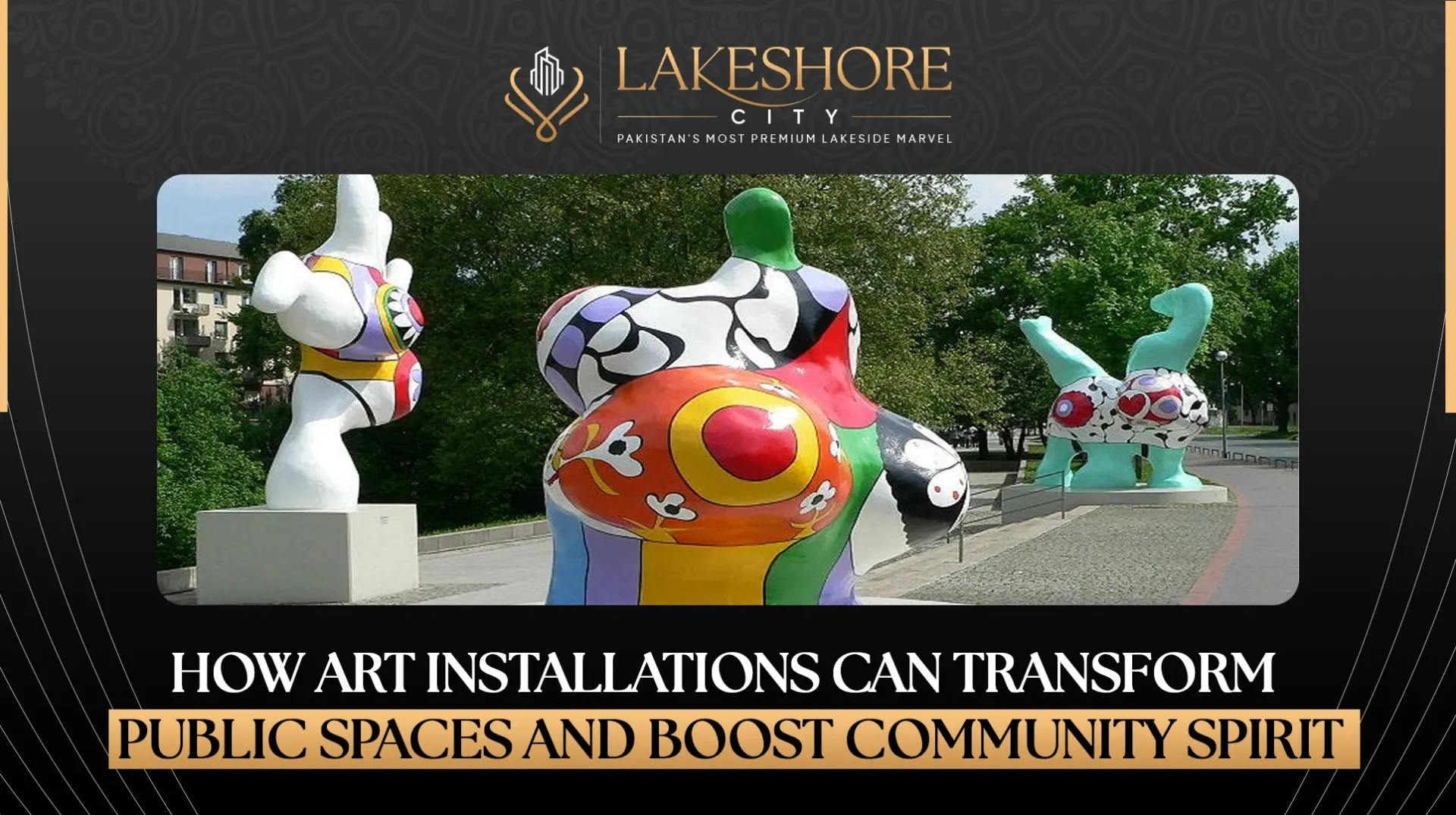Public spaces are the heart of any community. They are where people gather, connect, and share experiences. But what if these spaces could do even more? Through art installations, public areas can be transformed from ordinary to extraordinary. In this article, we explore how public art and community engagement can reshape neighborhoods, inspire pride, and build stronger, more connected societies.
The Power of Public Art
Art has long been a form of expression and communication. When placed in public spaces, it becomes more than just decoration. It tells stories. It sparks conversations. It brings people together.
Public art comes in many forms—murals, sculptures, interactive pieces, and even digital displays. But regardless of the medium, the impact remains profound. People don’t just look at public art; they interact with it. And in doing so, they form a deeper connection with their environment and each other.
Also Read: Pakistan – the only constant
Transforming Spaces With Art Installations
Transforming spaces with art installations is about reimagining what a space can be. Empty walls, abandoned lots, or dull sidewalks can become vibrant hubs of creativity. When artists work hand-in-hand with urban planners and local communities, these once-overlooked areas are brought to life.
For example, a once-neglected park can become a colorful, inspiring playground with a single mural or sculpture. Alleyways turn into open-air galleries. Bridges transform into canvases. As a result, people feel safer, happier, and more connected to the place they live.
Urban Art Projects and Social Impact
Across cities worldwide, urban art projects have led to powerful social changes. These projects often tackle big topics like diversity, climate change, or historical recognition. In turn, they give communities a voice.
For instance, a mural showcasing the stories of local heroes can inspire youth and foster respect. Art that reflects a community’s culture or struggles can start important conversations. It’s through this social impact that art becomes a tool for change—not just in mindset, but in action.
Moreover, urban art often attracts tourists, photographers, and influencers. This kind of attention can boost the local economy and spark new business opportunities in the area.
Community Development Through Public Art
One of the most exciting benefits of public art is its role in community development. Art projects can create jobs for local artists, educators, and craftsmen. Involving residents in the creative process fosters a sense of ownership and pride.
Workshops, collaborative painting sessions, and art walks encourage participation. Even children and seniors can contribute, making it a multigenerational effort. Over time, this leads to a stronger, more united community.
In many cases, these projects act as catalysts for wider neighborhood improvements. As public spaces become more attractive, investments in infrastructure and housing often follow.
Art in Public Spaces for Social Cohesion
Art doesn’t just change places—it changes people. Public installations promote social cohesion by creating common ground. Whether someone is young or old, local or visitor, rich or poor, they can appreciate a beautiful piece of art.
People stop. They smile. They take photos. They talk. All of this leads to a friendlier, more inclusive environment.
In areas with diverse populations, public art can celebrate different cultures and bridge gaps. A shared appreciation for art helps break down barriers and foster understanding.
Enhancing Neighborhoods With Art
Every neighborhood has its own identity. But sometimes, that identity gets lost in development or neglect. Enhancing neighborhoods with art is a way to restore and even reinvent that sense of place.
Community art projects can highlight local history or nature. They can honor significant events or people. Even simple decorative elements—like painted benches or artistic lighting—can elevate the atmosphere.
Additionally, neighborhoods that embrace public art tend to be cleaner and better maintained. This is because people respect and protect what they help create. As a result, the entire community benefits.
The Role of Art in Urban Revitalization
Cities around the world are turning to art for urban revitalization. From Detroit to Berlin, from Cape Town to Karachi, public art is leading the charge in rejuvenating tired districts.
These projects often begin with small-scale installations. Over time, they attract attention, funding, and further development. Old factories become art hubs. Abandoned buildings host exhibitions. Streets become destinations.
Art helps cities tell their stories. And those stories, when shared through vibrant murals or installations, attract new energy and life. Local governments, seeing this transformation, often continue supporting such efforts long-term.
Building Community Spirit Through Artistic Expression
Art is personal. But when shared publicly, it becomes powerful. Community spirit through artistic expression is built when people feel seen, heard, and celebrated.
Public art can be used during festivals, celebrations, or awareness campaigns. It turns regular events into memorable experiences. Furthermore, it gives everyone—especially youth—a constructive outlet to express themselves.
By empowering individuals through creativity, communities grow stronger. They become more resilient, more welcoming, and more engaged.
Why Public Art Matters More Than Ever
In today’s fast-paced world, moments of stillness and reflection are rare. Public art offers those moments. It reminds us to slow down, to look around, and to appreciate where we are.
Especially in times of social tension or environmental stress, public art can unite and heal. It offers hope. It encourages kindness. It reminds us of our shared humanity.
That’s why public art isn’t a luxury—it’s a necessity.
Lakeshore City: Inspiring Living Through Art and Nature
Located amid majestic mountains and overlooking a serene dam, Lakeshore City is a place where beauty meets potential. With Lakeshore Residencia, commercial hubs, and Lakeshore Farms, the community is growing rapidly.
In such a naturally breathtaking area, public art can elevate the experience even further. Imagine sculptures along the walking trails. Murals on community centers. Light installations near the dam.
And with its affordable payment plans, easy 60-month installments, no down payment, and no confirmation charges, investing in a space at Lakeshore City becomes even more appealing.
Right now, you can book your 5 Marla plot for just 25,000 PKR—and that amount will be counted as your first installment. Whether you plan to build a home, open a business, or invest in a farm, this is your chance to be part of a visionary community where art, nature, and modern living come together.
FAQs
1. What is public art?
Public art includes any artwork installed in public spaces, like murals, sculptures, or interactive pieces.
2. How does public art boost community spirit?
It brings people together, encourages collaboration, and gives locals pride in their surroundings.
3. Can art help develop a neighborhood?
Yes. Art projects can attract visitors, increase safety, and lead to further investments in the area.
4. Who creates public art?
Public art is usually created by professional artists, but many projects involve community members as well.
5. Is public art expensive?
Not always. Many installations are low-cost and funded through local councils, donations, or grants.
6. How can I be part of a community art project?
Look for local art programs or councils that encourage public participation or host art events.



